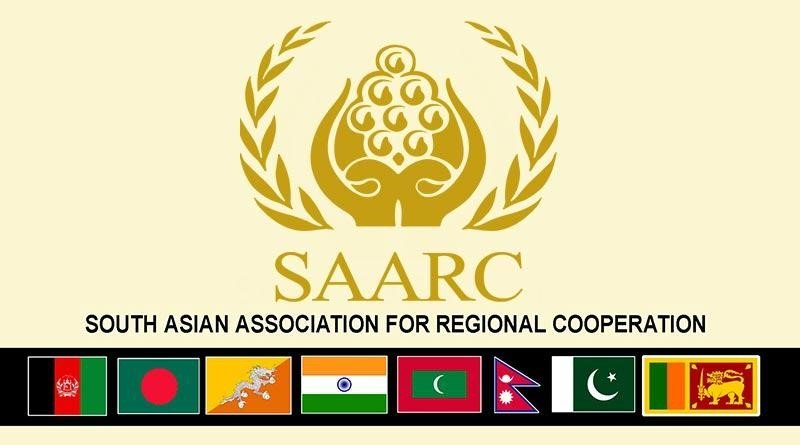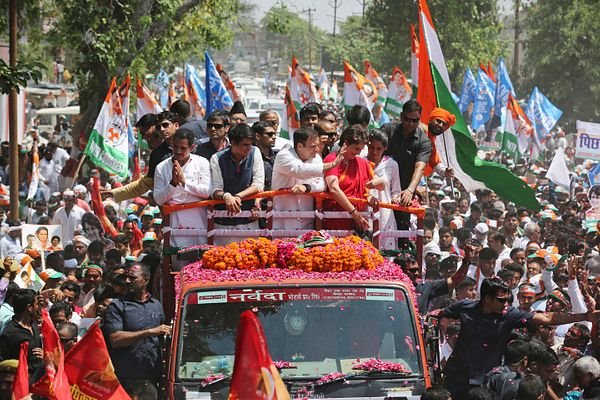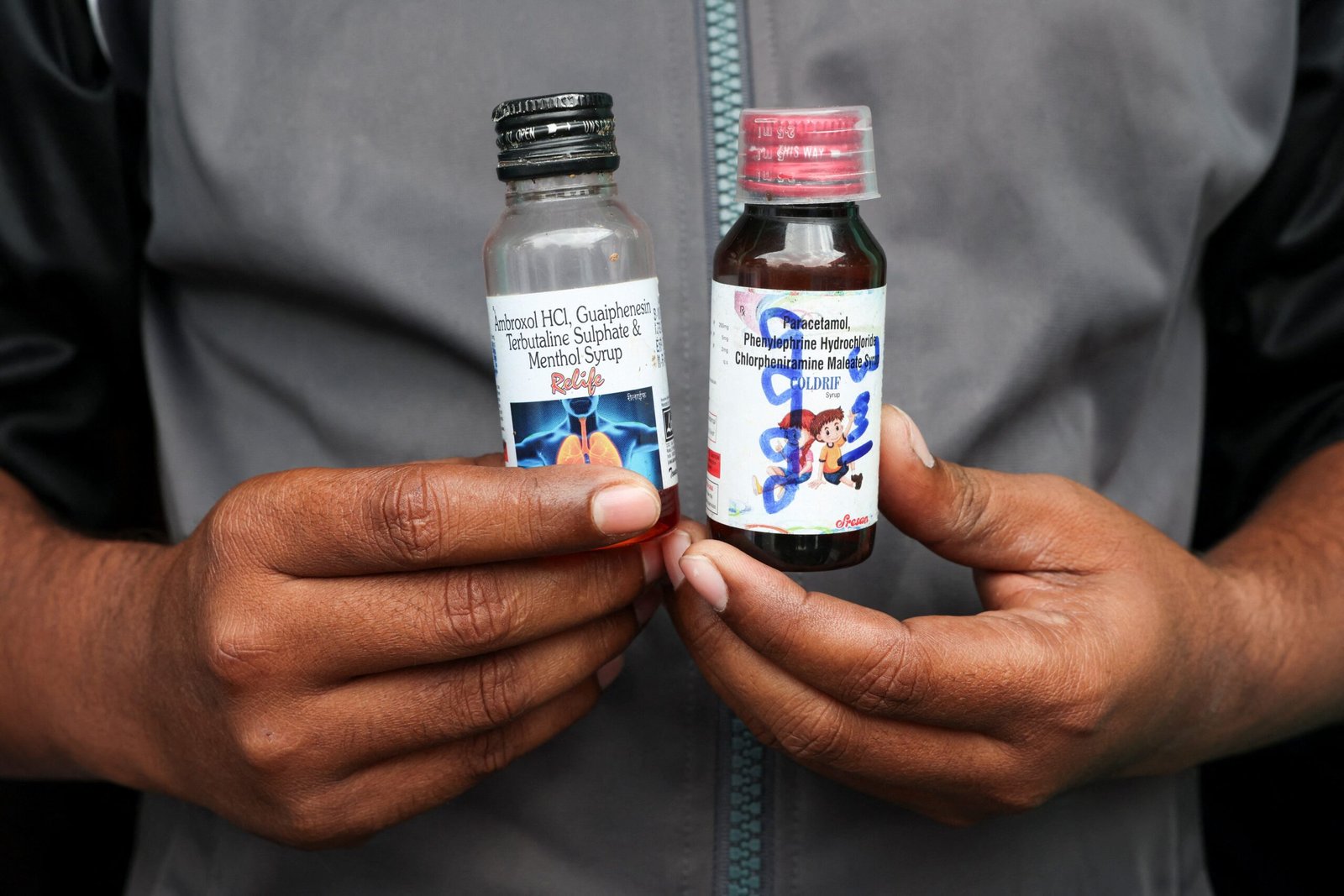ABOUT SAARC
- Composition: It an intergovernmental organization and geopolitical union of 8 South Asian countries founded on December 8, 1985, in Dhaka, Bangladesh. SAARC also includes 9 formally recognized observers including the European Union, the US, Iran and China.
- On December 8 in 1985, South Asian Association for Regional Cooperation (SAARC) Charter was adopted in Dhaka, during the first summit of the grouping.
- Secretariat: The SAARC Secretariat is located in Kathmandu (Nepal) to promote economic growth in South Asia.
- Objective: The prime focus of SAARC is to work collectively to promote the welfare of people in the region and to improve their standard of living through social progress and economic development.
- Summits: The SAARC summits are usually held biennially and hosted by member states in alphabetical order. It has organised 18 summits since 1985 and the first SAARC Summit was held in Dhaka (Bangladesh).
PRESENT STATUS
- SAARC, which has a gross domestic product of approximately Although USD 3 trillion has existed for 38 years, it has little influence over other regional cooperations like the African Union, ASEAN, and European Union.
- SAARC is currently regarded as the least integrated regional cooperation despite its long history of close geographical, historical, cultural, social, and economic ties.
- SAFTA in 2006, the SAARC Development Fund, the Integrated Programme of Action (2012), and the SAARC Satellite are just a few of SAARC’s accomplishments.
- Since 2014, there has been no SAARC meeting.
PROBLEMS WITH SAARC
- Absence of political will: The regional grouping is hampered in its progress and development by India and Pakistan’s lack of political will.
- Rivalry between India and Pakistan: The strained relationships between India and Pakistan have virtually stalled SAARC’s operations. For instance, there has not been a SAARC summit since 2014, rendering the organization practically inactive.
- India withdrew from the SAARC summit in 2016 due to the Uri terror attack. Pakistan was scheduled to host the summit. As a result, the collapse of SAARC as a regional organization has occurred simultaneously with the deterioration of relations between India and Pakistan.
- Terrorism: In addition, the SAARC Region is one of the world’s regions with the highest risk of terror, with frequent tensions and unrest within the member countries and among the members.
- India is the sole source of foreign trade for Nepal and Bhutan. The sluggish pace at which these two have requested transit facilities from SAARC through Chittagong and Mongla in Bangladesh has tarnished the spirit of the organization.
- Economic integration is lacking: Due to ongoing tension and cold Indo-Pak relations, SAFTA, which was launched in 2006, has not been successful.
- The estimated gross domestic product of the SAARC nations is It is one of the most rapidly developing regions in the world, with a GDP of $3 trillion.
- However, due to a lack of economic integration, SAARC nations have not been able to meet the enormous global market demand in industries, services like hospitality and IT, agriculture, and health. China and other global market players have exploited the market as a result.
- Recent changes in Pakistan and Afghanistan: Take, for instance, how the socioeconomic situation in Afghanistan has changed since the Taliban took power.
- A serious humanitarian crisis may arise in the future as a result of Pakistan’s ongoing economic crisis, continued inclusion on the FATF grey list, and inadequate financial support from Islamic and Western nations.
- China’s foreign policy: India prevented China, which had previously wanted to join SAARC, from doing so. As a result, China never intends for SAARC to be a formidable organization. Additionally, it is attempting to establish relationships with SAARC members other than India.
- Afghanistan, Pakistan, and Myanmar issues: India has found it difficult to engage in bilateral and multilateral talks with these nations via the SAARC platform due to the Taliban’s return to Afghanistan, Pakistan’s economic crisis, and Myanmar’s military coup.
How to revive SAARC?
- To meet the challenges posed by rising food and energy costs, frequent disasters, climate change, and other strategic factors like geography, economics, and culture, South Asia needs stronger partnerships between its nations.
- Within SAARC, regional trade is restricted. The member states of SAARC will experience unprecedented development if this is expanded.
- Application of the Gujral Doctrine: It is necessary to facilitate the flow of water, electricity, gas, and oil between nations. The Gujral Doctrine ought to serve as the foundation for how India manages its foreign relations with its immediate neighbors.
- In order to establish common standards and promote a more intraregional and transnational approach to job security, food security, and health security, South Asian nations must collaborate.





